From Lost Girl to Texas Success Story: A Conversation with Rebecca Contreras
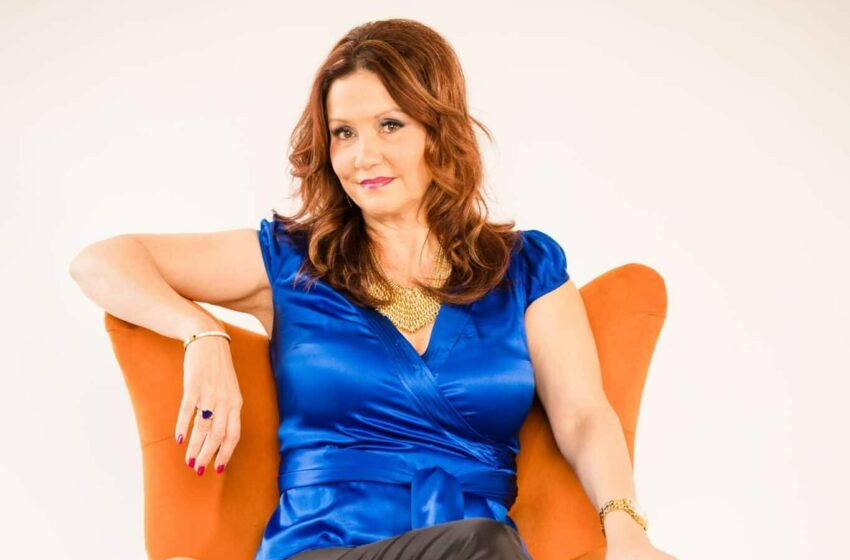
Human capital expert Rebecca Contreras has worked one-on-one with some of the most legendary leaders in Texas history, including Ann Richards, Kay Bailey Hutchison, and George W. Bush. She even accompanied Bush to the White House, serving as the administration’s Special Assistant for Personnel. There, among other duties, she managed the executive recruiting process for over 1,200 board and commission positions in the federal government.
A teenage Rebecca Contreras would never have believed that this could be her reality. Born to a single mother in the projects of El Paso, Contreras suffered trauma and abandonment in early childhood. In her teen years, she began to follow the same cycles that had persisted in her family: drug abuse, teen pregnancy, and running with a very dangerous crowd.
Then, after the birth of her daughter, everything changed.
Against incredible odds and with the help of the people around her, Contreras ended up as the receptionist to Ann Richards, beginning a climb that would later see her placing talent at the highest echelons of the country. Today, she’s back in Texas, leading a human capital consulting company that she has grown to over 100 employees. She details her harrowing but inspiring story in her new book, Lost Girl, but also shares it with us here in shorter form, along with insights about recruiting, talent development, and the CEO’s imperative to always pay it forward.
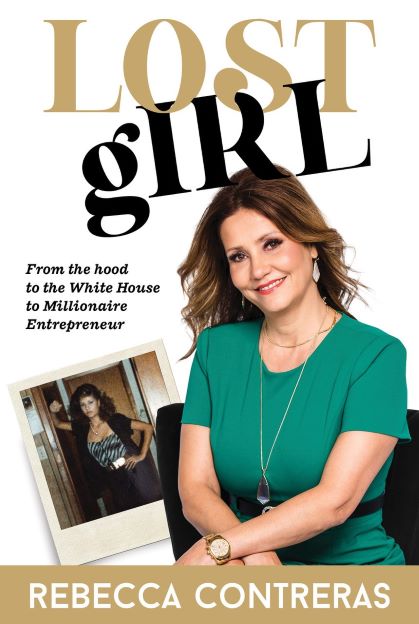
Can you tell us about your upbringing?
I’m a Bordertown girl from El Paso, one of four children. None of us knew our fathers. My and my twin brother’s father was White, my older brother’s father was Mexican, and my little sister’s father was Black. We used to joke with Mom that we just needed an Asian to complete the diversity spectrum!
We grew up in Section 8 housing, back in the days when you could just walk across to Juárez. My mother was a good person at heart, but she struggled with addiction, mental illness, and trauma. I never knew my father, but he was from Eastern Europe and owned a nightclub my mom used to dance at in Juárez. One day, when I was five, she told us she was going to the grocery store and never came back. We were left with my six-month-old sister in the crib. That took our trauma to a whole other level.
My grandmother took us in after that. Then, after two years, my mom came back. She’d been living on the streets, strung out on her drug of choice: heroin. When she left, she was 300 pounds but now she was around 90 pounds.
She moved us from El Paso to East Austin when I was nine. That ripped us away from the only stable home we had known. It ended up being a recipe for disaster. I grew up very angry and started using drugs myself at age 13. I got involved with the wrong crowd. This was East Austin back in the day when it was the hood.
At 17, one year after getting involved with a drug dealer—one of the biggest at the time in Austin—I got pregnant. My life took on the trajectory of a statistic: I left my daughter with my mother and spun out of control. At one point my baby daddy almost killed me. He ended up getting busted by the FBI, and it was my saving grace. With him out of the picture, I was able to get my life back on track.
My mom knew she had failed and didn’t want me making the same mistakes. She was in relentless pursuit of trying to get her daughter on track. At 19, I moved back in. I asked for help with my addictions, left everything behind, and put myself around people who believed in me. Having people like that is why I do what I do today through our nonprofit, LaunchPad, which has primarily served inner city kids.
What was the first step toward working in state government? I imagine that’s not easy for someone with that kind of background to break into.
Somebody told me about the Job Training Partnership Act, which was designed to help single moms get off welfare. If you got your GED and stayed clean, you got placed as a temp in the office of an elected state official. So I did the program and ended up as the receptionist to Ann Richards, who was State Treasurer and running for governor.
That was the first time I’d seen a woman in power. I began to think, “Wow, I wonder if this is possible for me.”
Ann was a fireball. What you saw with her in public life, you got with her in private life. The woman had tremendous grit. She was bigger than life, but she always took the time to get to know you as a person. Every time she would walk in, she’d say, “How you doing, hun?” in her Texas drawl. She wanted to know about my life, and what I was doing. She really stood for women’s empowerment in a way that I hadn’t seen before.
She got elected governor in 1990 and in comes Kay Bailey Hutchison as the new treasurer, another badass woman. Nobody would mess with Kay. She was sweet as pie, but she was a relentless leader who knew how to defend her cause.
Kay also hired really smart women. It was her HR director, Donna, who saw my potential. She became my first dedicated mentor and sent me back to the LBJ School of Public Affairs and all sorts of classes. Donna said, “You need to learn how to write.” I couldn’t even put two words together. I look back at my welfare-to-work application and every other word is misspelled.
So I started learning. I started writing memos and policy documents. I learned how to be a manager and leader. Over time I was promoted all the way up to HR management under Kay Bailey.
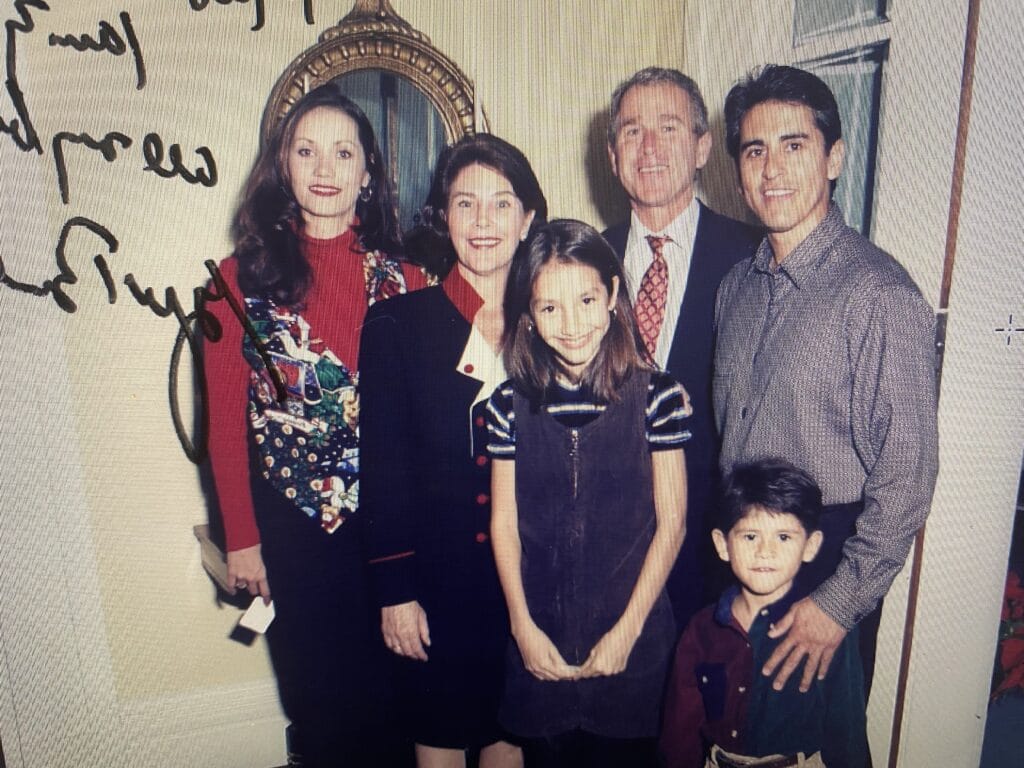
And then you went up even further, working for Governor Bush. How did that happen?
In 1995, I get a call from Donna. She says, “Guess where I am? I’m working for the new governor.” With her help, I got a deputy manager role at the Texas capitol, working for George W. I ended up being his HR director.
In this role I met my second mentor, who would change my life forever: Clay Johnson. When I worked for Clay, things dramatically began to change in my career. Once Bush was elected president, Clay served on his transition team; he was Bush’s best friend. Bush asked Clay if I would consider joining his presidential team, so Clay brought me on board the White House Presidential Personnel Office team. It was an incredible opportunity. We moved to DC and I handled personnel on the transition team. I led the boards and commissions portfolio, helping place presidential members on over 220 boards like those of the Kennedy Center, the Holocaust Museum, at that time Fannie Mae and Freddie Mac.
What was it like working for George W. Bush?
He has this tremendous tenacity and resolve. He would go after what he believed in no matter what anybody thought. He has tremendous tenacity and resolve. He would go after what he believed in no matter what anybody thought. He also loves his people, the people who helped him be successful. When Bush was on your side, that was a good thing. Under his leadership, I was able to attend the governor’s executive development program. Each step along the way it was the right people, in the right place, at the right time, doing the right things, sort of like what Jim Collins says in Good to Great.
Clay was an MIT and Yale grad. Literally one of the most brilliant men I’ve ever met. He always took time to care about where I was in my career. As he’s leading the presidential transition with Dick Cheney in DC, I’m emailing him about my particular career—and he would respond within two hours!
I struggled a lot with insecurity because I don’t have a traditional college degree, and it was hard for me to learn at the policy level. Clay would stop and ask what I needed, then help me acquire that knowledge. Twenty-one years later, he is still my top mentor.
I was once in the Oval Office for one of my first weekly meetings with Bush as president. I was terrified to go in. Clay said to me, “The president is just a man. He puts his pants on just like you do. Go in there and just talk to him. He trusts your recommendations.” Having Clay’s support and knowing the president had confidence in me was life-changing. Just recently, Bush sent me a handwritten note. He’d read Lost Girl and proceeded to tell me how proud he was of me.
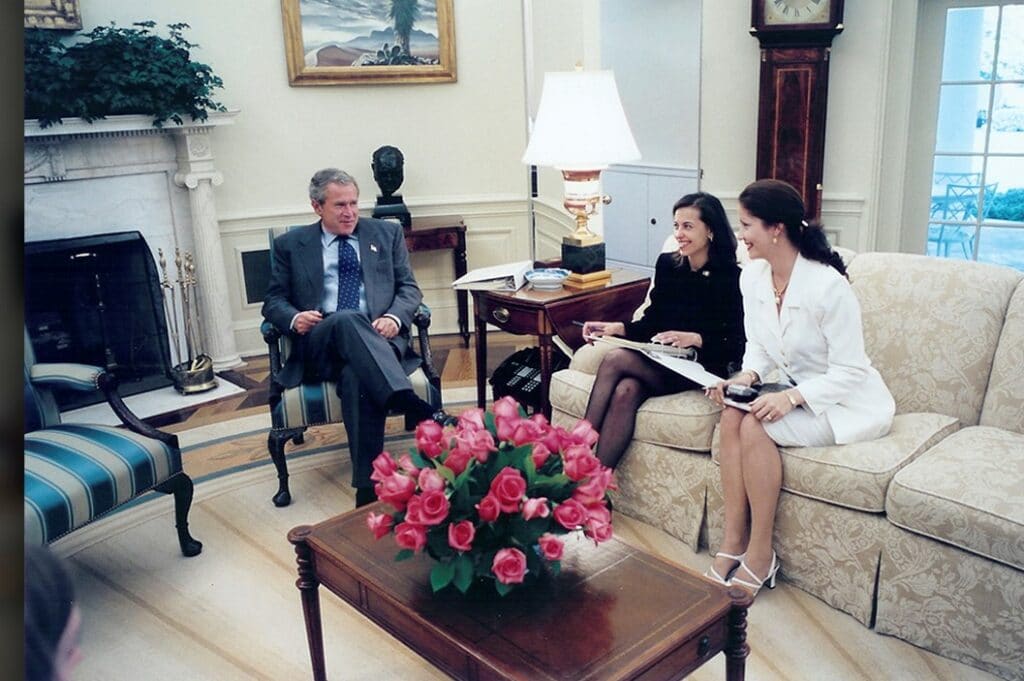
Eventually, you decided to come back to Texas. How did that happen?
My husband and I decided to come back to Texas in January 2005. Our roots are in Texas, and in DC our schedules were unsustainable for a young family. Plus we wanted to come back and pay it forward. We started our nonprofit, Launchpad, to impact kids in inner cities. I also wanted to go into the private sector, so I cut my teeth in consulting. After success as a senior EVP of another firm, I decided in 2011 to start my business, AvantGarde, and reinvent myself again as an entrepreneur. I call it the reinvention of Rebecca times four.
What does AvantGarde do?
We are a human capital consulting firm that provides innovative workforce solutions to our clients. We help them address their business challenges spanning the entire human capital lifecycle. We’re also a software provider—our proprietary software platform is called the Workforce Management Office. Our clients use it for large-scale change analysis on mission, strategy, support functions, and of course the workforce itself. Currently we serve more than 15 public sector clients.
Have you developed a personal philosophy around recruiting? What is a signal to you that someone will be right for a role or good for a role?
II like to cover the bases—things like experience, education, skills, etc.—but I also interview for heart. My philosophy is that you can train someone in a skill, but you can’t change heart. Often you have someone very qualified, but they are a train wreck with people or don’t have a firm value system. Then the organization suffers. So we have built a process to gauge what I call the “total individual” and what they will contribute to AG. I want to know: What are they passionate about? What is important to them as they become a part of a new organization? How are they going to treat employees? If they are a supervisor, what management style do they lean into? Interviewing for heart is very different from checking boxes on a resume.
Do you think that that strategy is informed by your past, because you want to give people a chance?
Oh, absolutely. But I don’t allow that negative, painful path to define my future. I talk extensively in my book about my core drivers in life that have led to my success. Everything I do—my private life, my book tour, my company—it’s all centered around doing right by people and paying it forward.
What do you think is the top mistake organizations make in the area of human capital?
Losing the pulse on their people, especially in the middle of massive changes. You can spend millions on automation in a fancy Oracle system but if your people don’t believe in it and don’t understand how it impacts them, it’s not going to work. Same goes for any kind of organizational change. As an employer, you need to get into people’s world and understand who they are. The people are what makes you or breaks you. I see a lot of organizations miss the people side for the sake of the bottom line. At AG, my people are the bottom line.
Have you seen any differences in how private versus public sector organizations approach human capital?
I see the private sector investing in human capital a lot more aggressively. For example, you’ve got many companies giving their employees a lot of flexibility in their workdays. Maybe they’re working out of their house. Maybe they have a six-hour day instead of an eight-hour day because guess what? They can get it all done in six hours.
Government can be a little more antiquated. We have convinced most of our government clients to allow the workforce to remain remote, with the exception of a handful of them who won’t budge. Companies that are implementing HR policies and flexibilities to value their people and care for them are thriving 10 times over.
We’ve seen a sea change around diversity and inclusion in recent years. Are your clients actively looking to increase their efforts in that area?
Absolutely. But this has been a passion of mine for two decades. The team I led at the White House broke records for the number of women and minorities appointed to serve under President Bush.
I’ll tell you a funny story. About a year after Bush had been in office, I was in the Oval Office with President Bush and one of my colleagues who had brought in a list of candidates for a very hard-to-fill position. His list was all white men. The president looked at him and said, “You mean to tell me in this great United States of America, you can’t find one woman or minority to put on the list?” The president was hugely committed to appointing a diverse team. He lived it.
Yet even today, companies will still say, “My board isn’t diverse because I can’t find enough women or minorities.” That’s hogwash. There’s so much talent out there in America and here in Texas. As a leader and CEO, you have to put a stake in the ground and say, “I am not going to fill that position until the candidates and my team represent America.” It takes more time and effort to recruit a diverse workforce, but it’s a must. I challenge corporations that lack diversity in their board structure to come into the new era. Trust me: Women and minorities will enrichen your mission!
Do you think women leaders still face challenges that male leaders do not?
We have made tremendous strides. There’s work to be done, but as a woman, as a Latina, I’m proud to have had the opportunities I have. I trailblazed it though. It didn’t come easy. Women do have to stay strong in their resolve but also ensure that what they bring to the table has value. Fortunately, over the last five years I’ve seen a lot of interest in ensuring that when women are represented, they’re not just there as a token.
When I see a board full of men and just one or two women I wonder. I once led an effort for a large nonprofit board located in New York City. When I started, the board was 85 percent older white men. I worked my way up to lead their strategic direction and governance committee. After it was all said and done, by my deliberate drive, the board was nearly 40 percent women, and three of the committee chairs are women. They attribute their shift in embracing diversity to my work. Put women in charge and we will make it happen.
I agree with Beyoncé—we do run the world. I always tell women to start with leadership in a small sphere of influence, like their local community, their church, or their business. Lead with grit and grace and bring so much value that they have no choice but to say, “I want her at the table with me.”
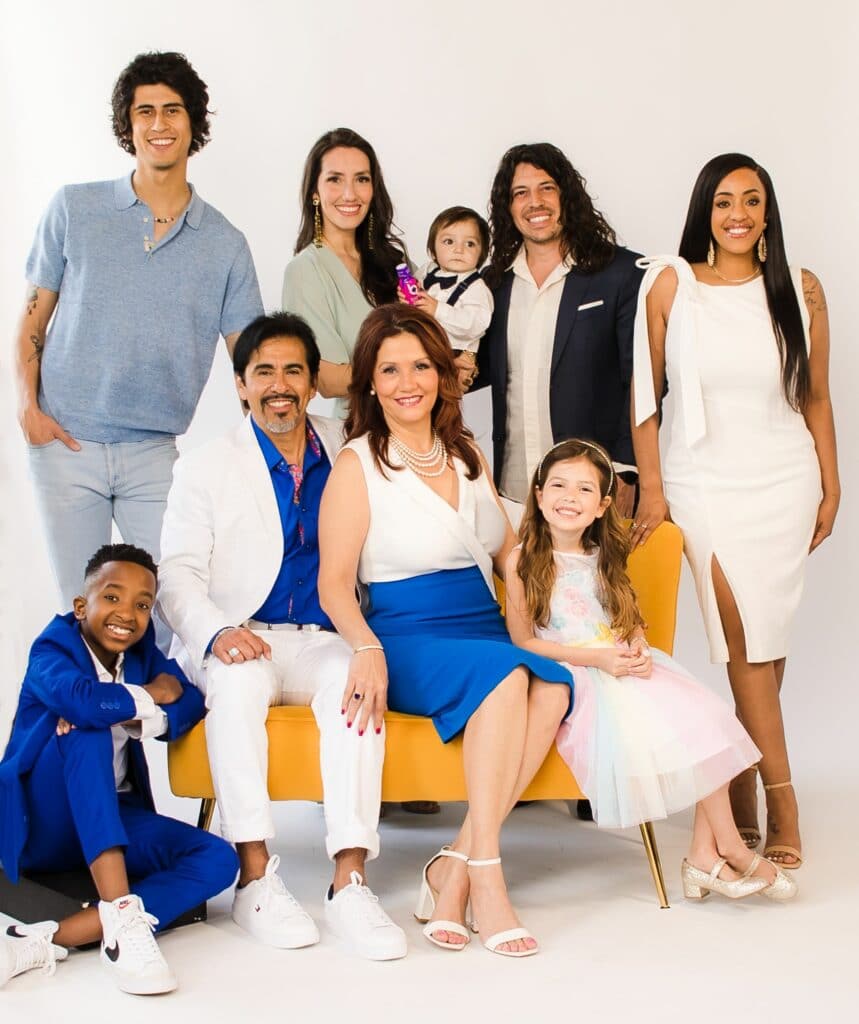
What’s your vision for the next several years of AG?
I’d like to be a $30 million business, so I’m focused on growing the business and hiring the right people to deliver. We’ve got a lot of human capital work to do for our current clients, who are facing tremendous shifts in their mission and workforce. I never dreamed I would be an entrepreneur, so the fact that we’re here is a miracle.
Anything else you want to add?
Success only matters if you turn around and give back to where you came from. I’m mentoring a couple of single moms right now, and we’re getting ready to launch a scholarship program to send 1Success only matters if you turn around and give back to where you came from. I’m mentoring a couple of single moms right now, and we just launched my Girls of Legacy initiative, which is our scholarship program. We are sponsoring seven girls and five boys this coming fall semester to support them in attending the school of their choice post high school, and also to mentor them through their journey. In the midst of our busy lives and companies, we have to remember that there’s a long line of people still living in poverty, still living with trauma, still barely surviving. As CEOs and leaders here in Texas, in one of the greatest place on the planet, it’s important for us to be successful, but also to remember our fellow man and pay it forward. If we don’t find a way to give back our time and our treasure, shame on us. Together we can make a big difference.
To learn more about Rebecca visit rebeccacontreas.com

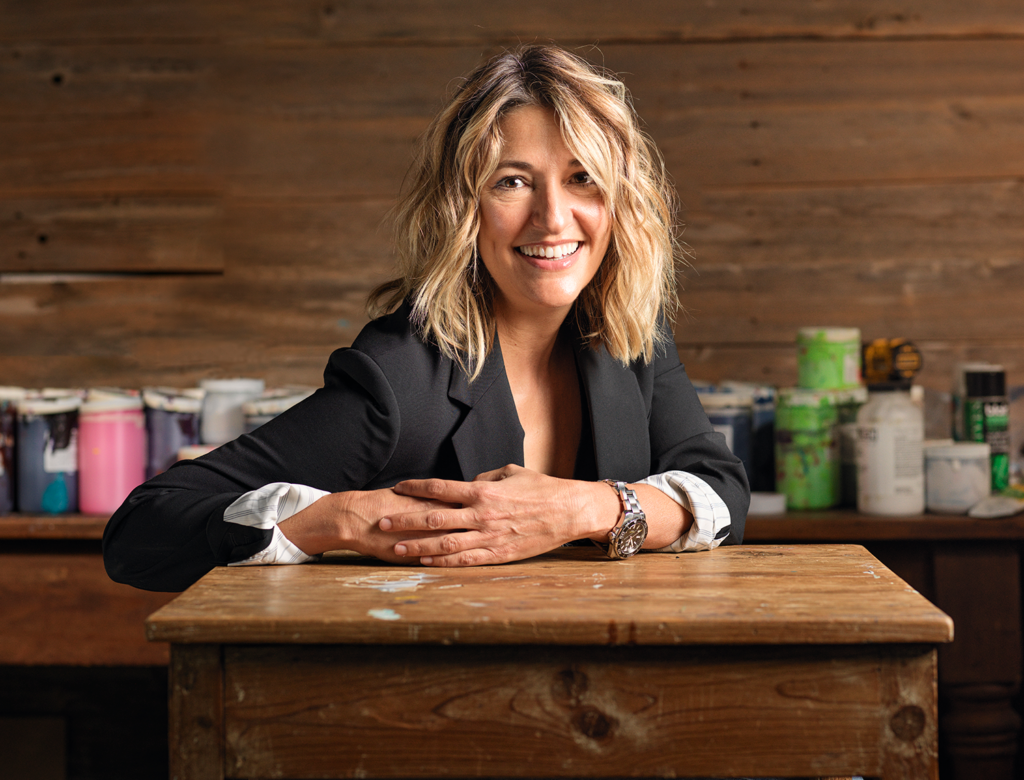
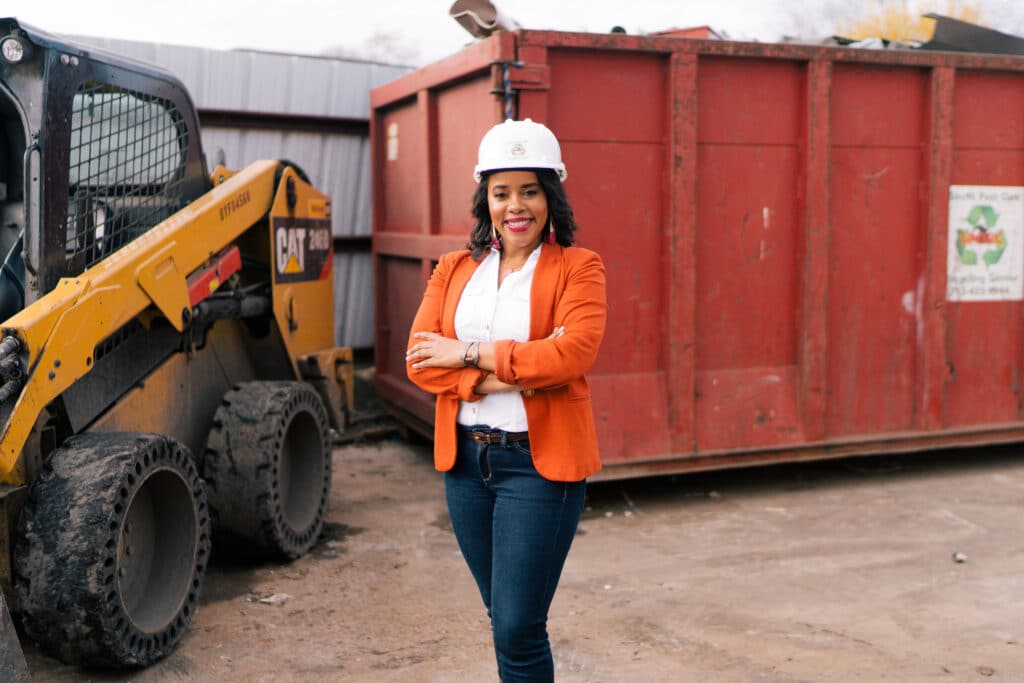
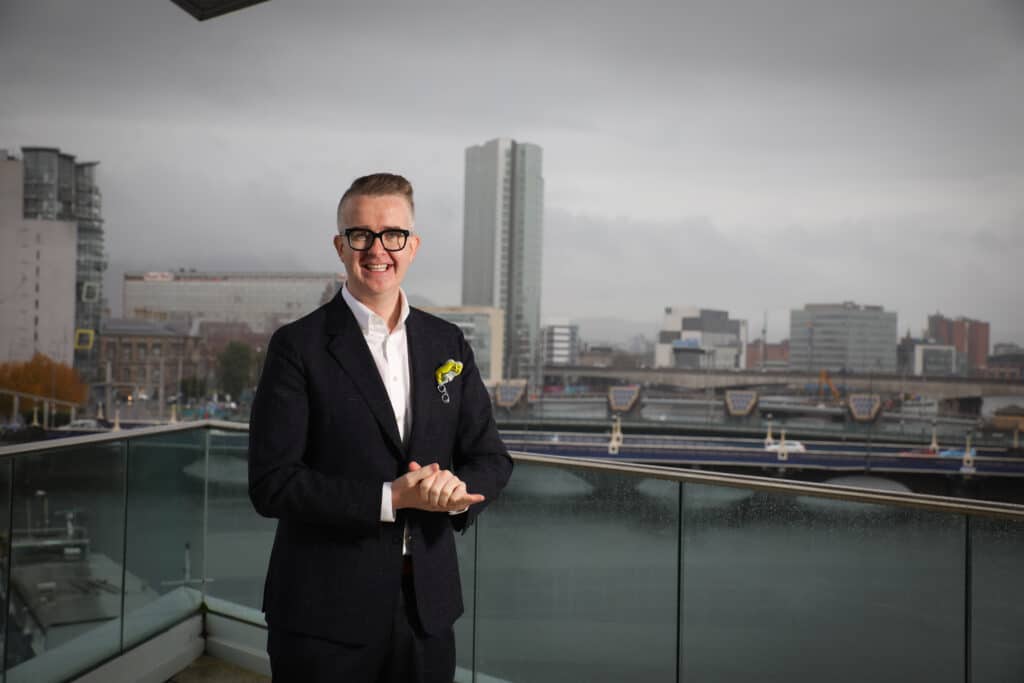


The Only Woman in the Room
August 16, 2022